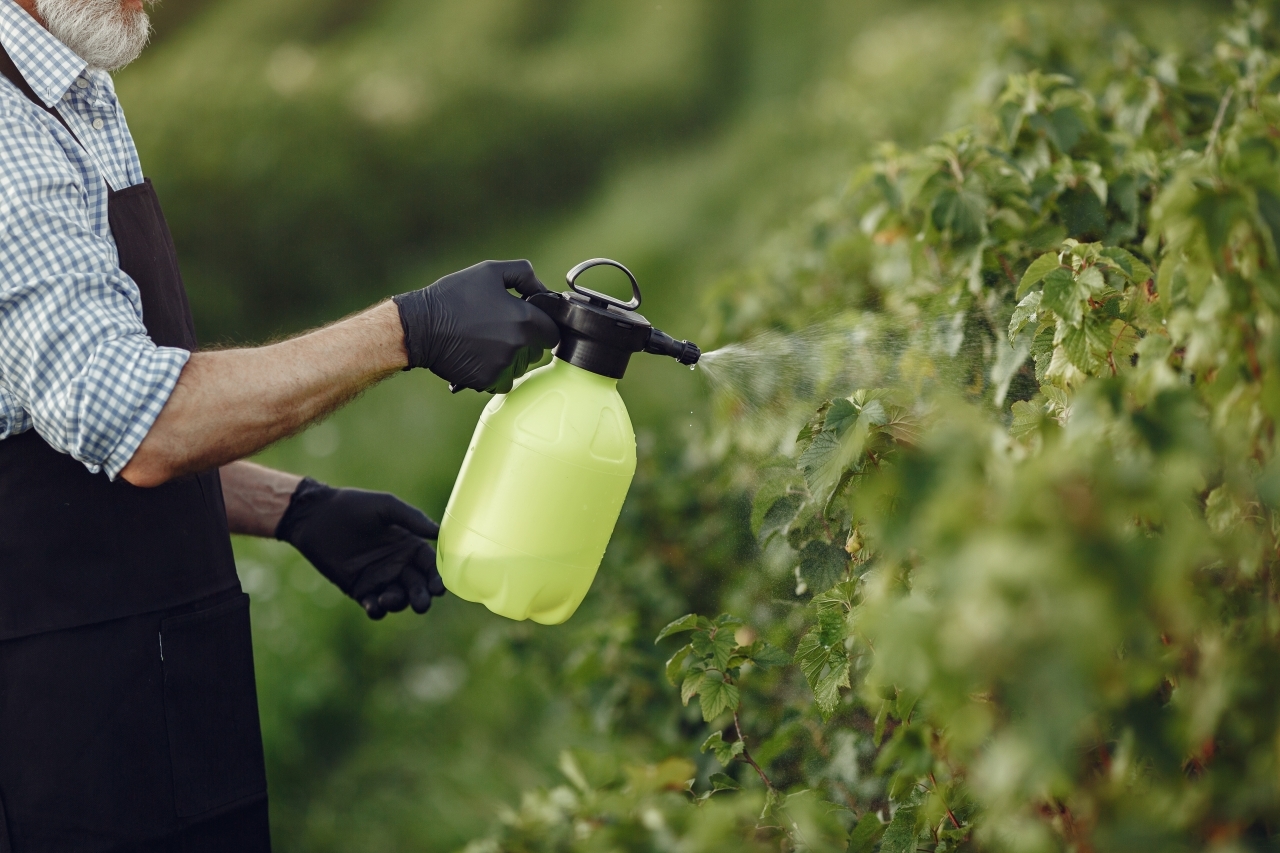The extent of the predicted price hike in Glyphosate price may have been somewhat exaggerated as recently reflected by a decline in value from 43,000 to 40,000 in September. The relationship between the health and behavior of the Chinese glyphosate industry and global market value are intrinsically linked where any shift in this dynamic equilibrium has a global ripple effect. Chinese producers were expecting Monsanto’s promotion of glyphosate resistant GM crops, along with heavy purchases from Latin America, to fuel a price surge while face the September’s decrease, which would be a well sound alarm bells for investors. The underlying reason for this downward is likely attributed to uncertainty on the stability of future supply and raw material costs, with Chinese regulatory reform still up in the air.
Since the MEP issued the environmental measures against glyphosate manufacturers in May(see ChemLinked News Released on May 28 2013), Chinese producers have passed the new overheads onto consumers, which has been reflected in a steady month on month appreciation up until September(see Chemlinked News Released on August 1 2013). With prices reaching a peak of nearly CNY 47,000 in August, this favorable performance has prompted several SMEs to resume production in September and larger companies to increase production volumes. Hebang recently announced its investment in a 50,000 ton facility and Fuhua also recently confirmed it will construct a 60,000 ton capacity facility in 2014 which will be operational by 2016.
Exports to Argentina have been sluggish due to tightened entry inspection from Argentina Customs. Vast quantities of the herbicide have been stockpiled at port. However Chinese stakeholders are keen point out that given the increased utilization of Glyphosate resistant GM crop varieties by numerous Latin American countries, prices are destined to rebound. Whether this rationale will prompt Argentinian authorities to relax regulations remains to be seen.
From a Chinese perspective this regulatory intervention may well inadvertently provide a future super-compensatory effect, whereby reduced exports will cause Argentina to exhaust its glyphosate stocks and necessitate a massive influx of Chinese produced glyphosate. In the meantime, glyphosate exports to Southeast Asia have doubled. Stock commentators speculated that Monsanto’ might have problems in glyphosate production in Indonesia and Malaysia, which prompted them to source their raw materials from China.
Furthermore, Chinese producers have also seen momentum in GM crop utilization and acceptance on the back of recent GM rice taste trials and lobbying by Academic groups. MoA has also published the GM crops which are permitted under Chinese legislation. These early steps are a signal that China is also relaxing its stance on GM crops which may well pave the way for future utilization of Glyphosate resistant crop species. Though China plants GMO cotton and papaya, and allows the imports of GMO soybean and maize from other countries, it has not yet approved any commercial plantation of GMO cereals, which could very well be another powerful avenue for glyphosate consumption.
The environmental measures issued by MEP were seen as an efficient way of killing two birds with a single stone and solved both the environmental issues caused by glyphosate production and helped cull the weaker members of the industry unable to financially cope with increased regulation, thereby solving the overcapacity problem. However in this respect reality has again failed to meet expectations and the lax local supervision and regional enforcement of new regulations has done little to accomplish either of the Chinese Government’s agendas. It was originally planned that candidates should file applications to provincial environmental bureaus for preliminary review by July 30 and the bureau should submit the result to the MEP by September 30. However it now seems that the first batch of the compliant companies list is likely to be published sometime next year. .As revealed by a representative from Jiangshan Group, only a Ningxia company has been nominated as the compliant companies so far. Jiangsu bureau is waiting for a satisfying outcome of Yannong Chemical and Sichua bureau is still waiting and seeing the progress of other provinces. So, lax regulatory implementation and supervision seem to have stalled the rise in glyphosate price. Whether this is simply an expression of collective uncertainty or a sign of a thing is as yet unknown. The level of local and regional enforcement of environmental regulations will still be a major factor in determining glyphosate price and only time will tell how this progresses.
Reference Links
China Glyphosate Export Soar in H1 2013(in English)
Rising Glyphosate Prices: Interpreting the Trend (in English)




